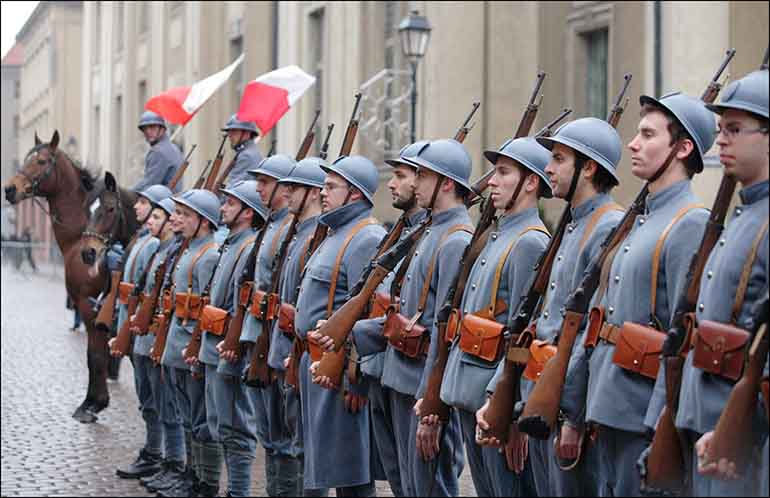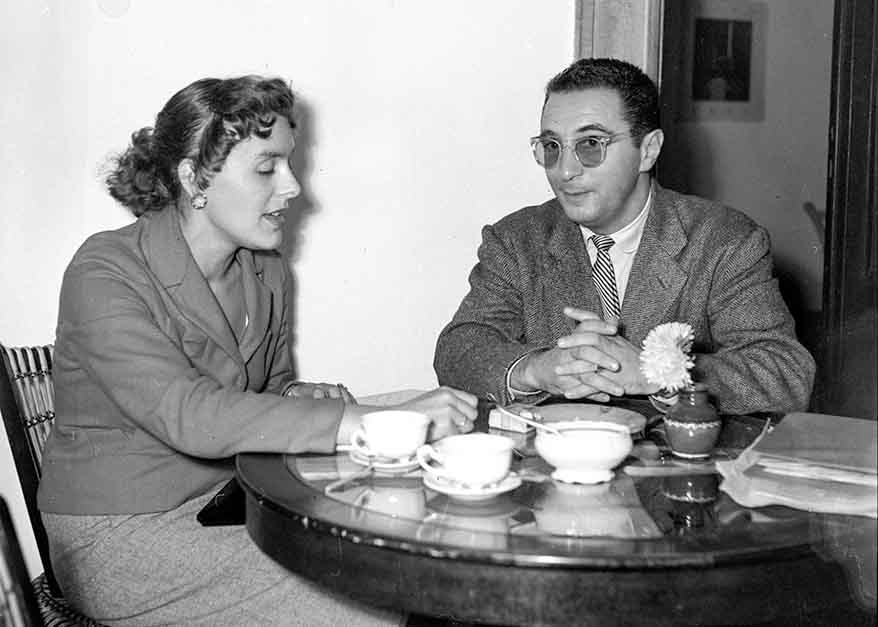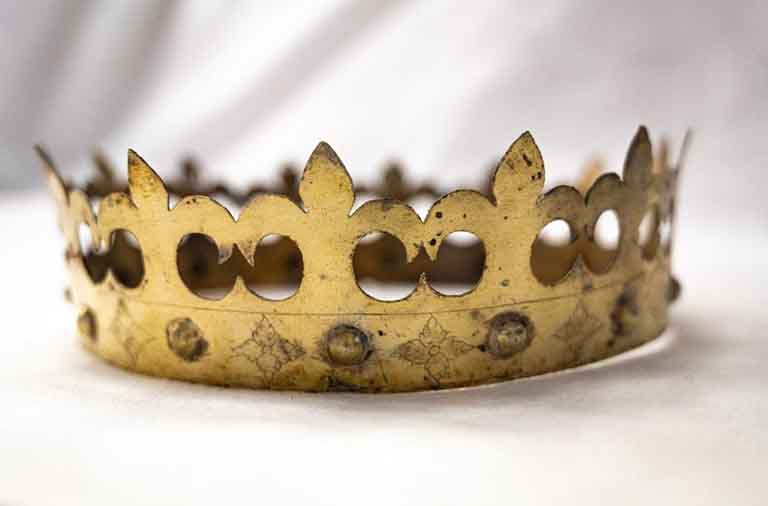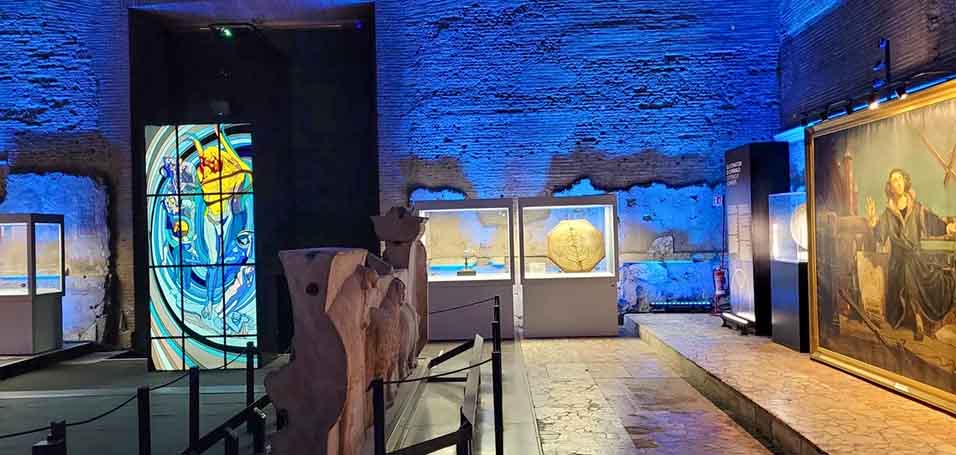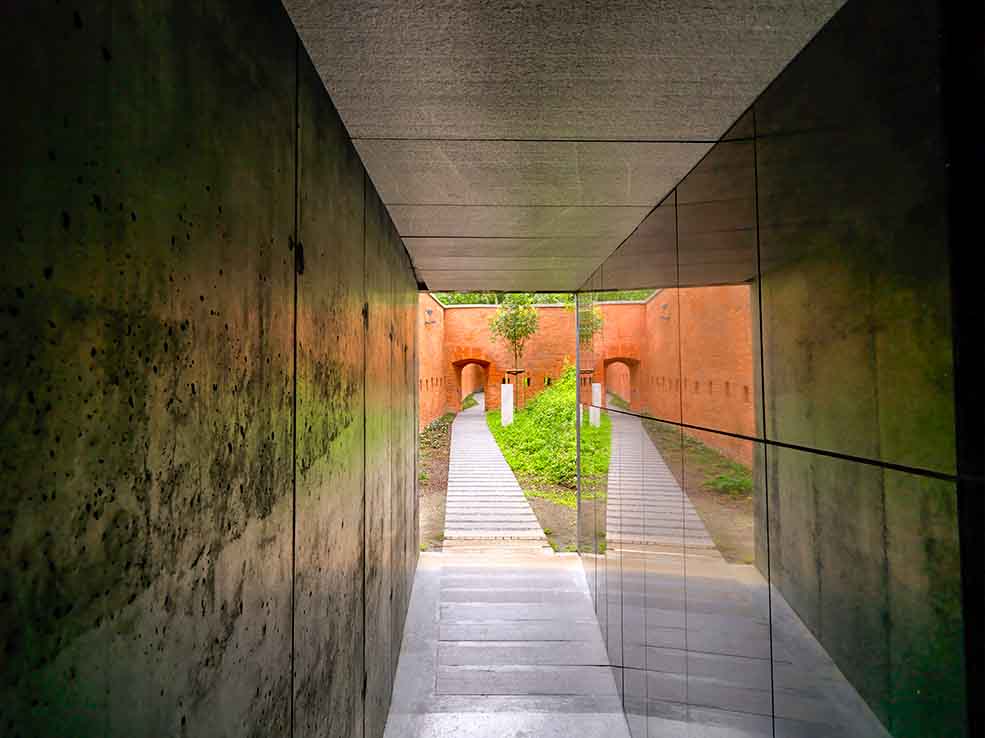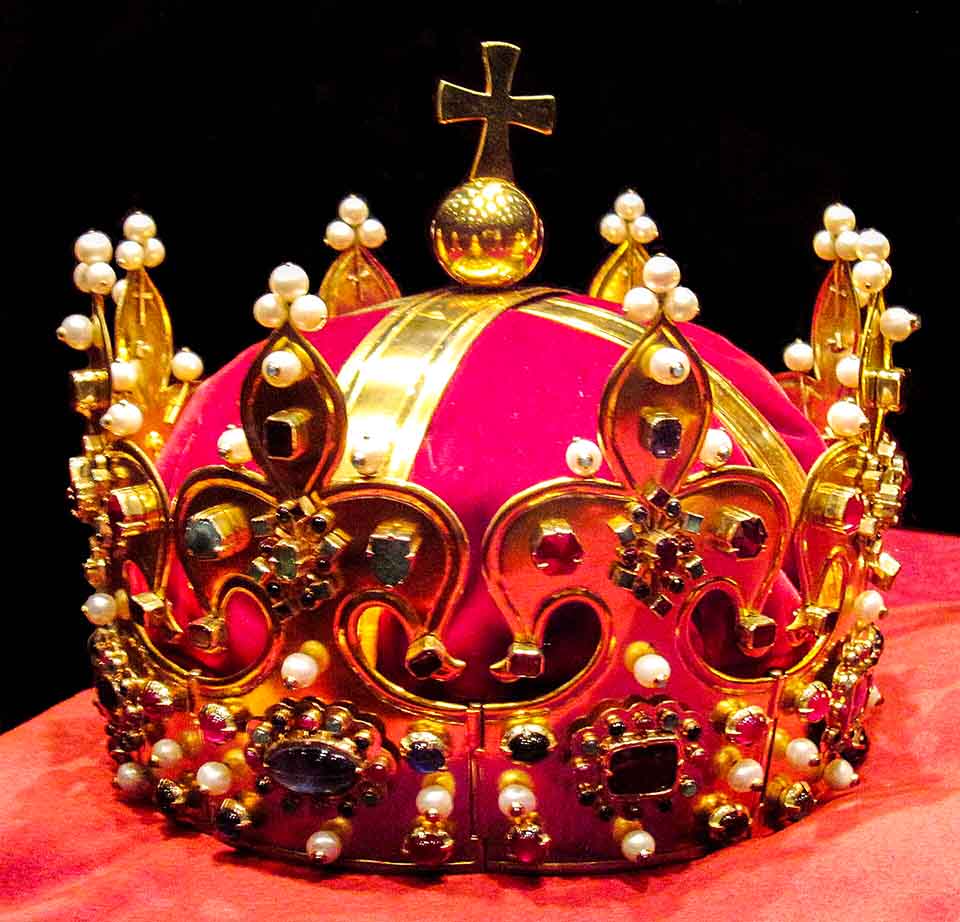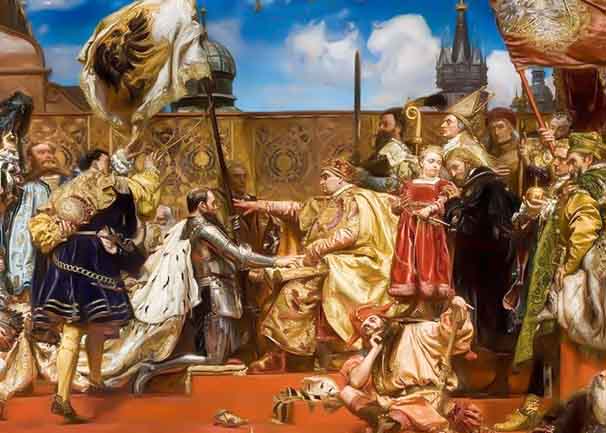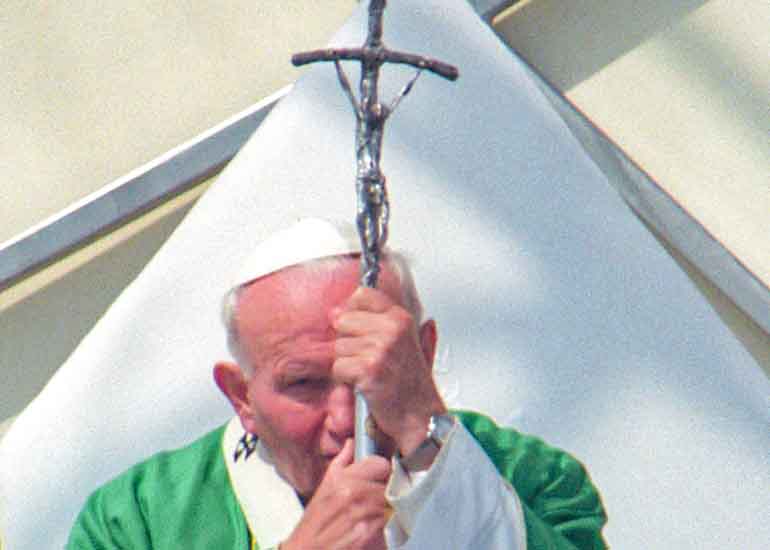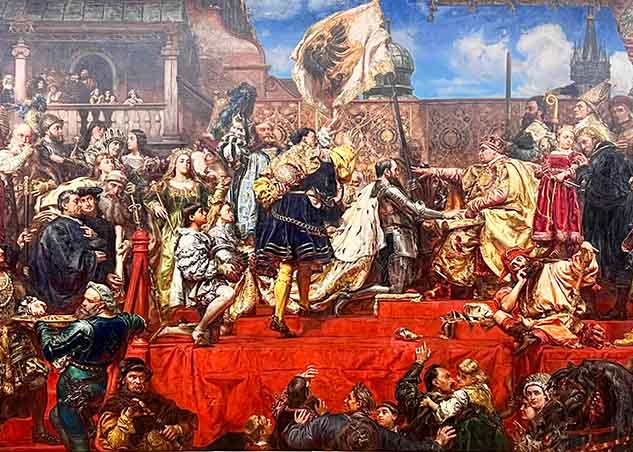On June 4, 1917, the Polish Army in France was established. In 1960, also on June 4, its commander, General Józef Haller, died. The history of this formation shows how important for Poland is the connection with the Polish diaspora and Poles living in exile. Without them, regaining independence after World War I and defending it in the years 1919-1921 would have been impossible.
Read more... Reading time 5 min.There was freedom in him. Freedom of thought, speech, views and lifestyle. He demonstrated it boldly and brilliantly in Poland, America, wherever he found himself. One hundred and five years ago, on May 16, Leopold Tyrmand, a writer, publicist, critic of communism, was born in Warsaw.
Read more... Reading time 5 min.In the basement of the Vilnius Cathedral, a secret hiding place was discovered with the burial insignia of the rulers of Lithuania and Poland: the King of Poland and Grand Duke of Lithuania Alexander Jagiellon, the first wife of Sigismund Augustus Elizabeth of Habsburg, and his second wife Barbara Radziwiłł. The treasures were wrapped in pre-war Polish newspapers.
Read more... Reading time 3 min.The heliocentric theory, articulated in Nicolaus Copernicus's ‘On the Revolutions of the Celestial Spheres’ (1543), was dedicated to Pope Paul III. However, it took nearly two centuries for the scientific community to fully recognize his revolutionary ideas.
Read more... Reading time 4 min.85 years ago, the Soviets massacred Polish officers. Later, they did everything in their power to murder the truth about this crime as well.
Read more... Reading time 6 min.Although many old traditions have been forgotten or simplified, Easter remains a time of spiritual reflection, family gatherings, and joyful celebration. For some, it is primarily a religious event, for others — a cultural ritual of community, but for all — a time of hope, rebirth, and an encounter with the deepest values.
Read more... Reading time 14 min.A thousand years ago, in April 1025, Bolesław the Brave took the royal crown. From that moment on, the monarchy of the first Piasts became a full-fledged and independent entity in international politics. It was in the times of Brave that it was given the name that has survived to this day – Poland. With Bolesław's coronation, Polish independence was also born.
Read more... Reading time 4 min.Religious practices related to Holy Week, as well as commonly accepted behaviors and traditions, show people paths leading to inner rebirth. The phenomenon of experiencing these special days in Poland is that we often combine seriousness and concentration with joyful and dynamic anticipation of Easter.
Read more... Reading time 6 min.Exactly five centuries ago, on April 10, 1525, in the very heart of Krakow, an act took place that was not only symbolic, but also strategic. A scene took place there, which in the eyes of those at the time could be considered a symbolic end to the long armed conflict waged by the Kingdom of Poland with the Teutonic Order.
Read more... Reading time 9 min.Thinking with John Paul II is the key to understanding the challenges of the modern world and the role that Poland and Poles have to play not only in constructing their own world, but also the broader one.
Read more... Reading time 4 min.April 10, 2025 marks 500 years since Albert of Hohenzollern, the last Grand Master of the Teutonic Order and the first secular prince of the Prussian state, paid homage to the Polish King Sigismund I the Old.
Read more... Reading time 7 min.Wojciech Materski
Although Russia has officially acknowledged the perpetration of the Katyn massacre, this truth is virtually absent from Russian historiography today. For it does not fit into the myth of the great victory of the war, any more than the Hitler-Stalin pact of 1939, the mass deportations, the enslavement of the Baltic republics, or the colossal scale of the Red Army's marauding in the final phase of the Second World War.
Read more...


